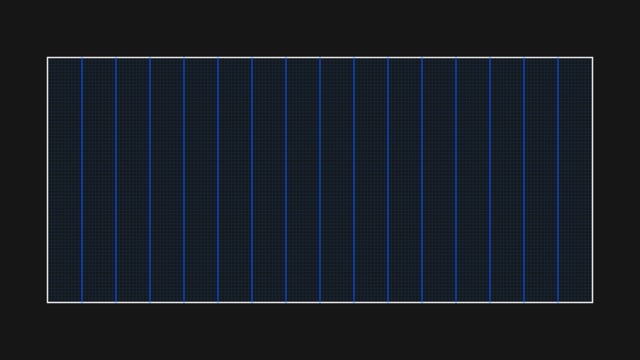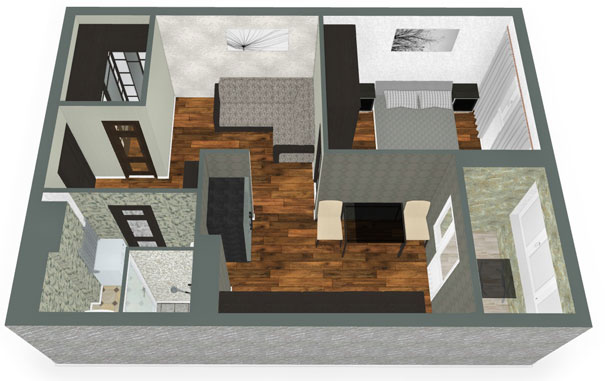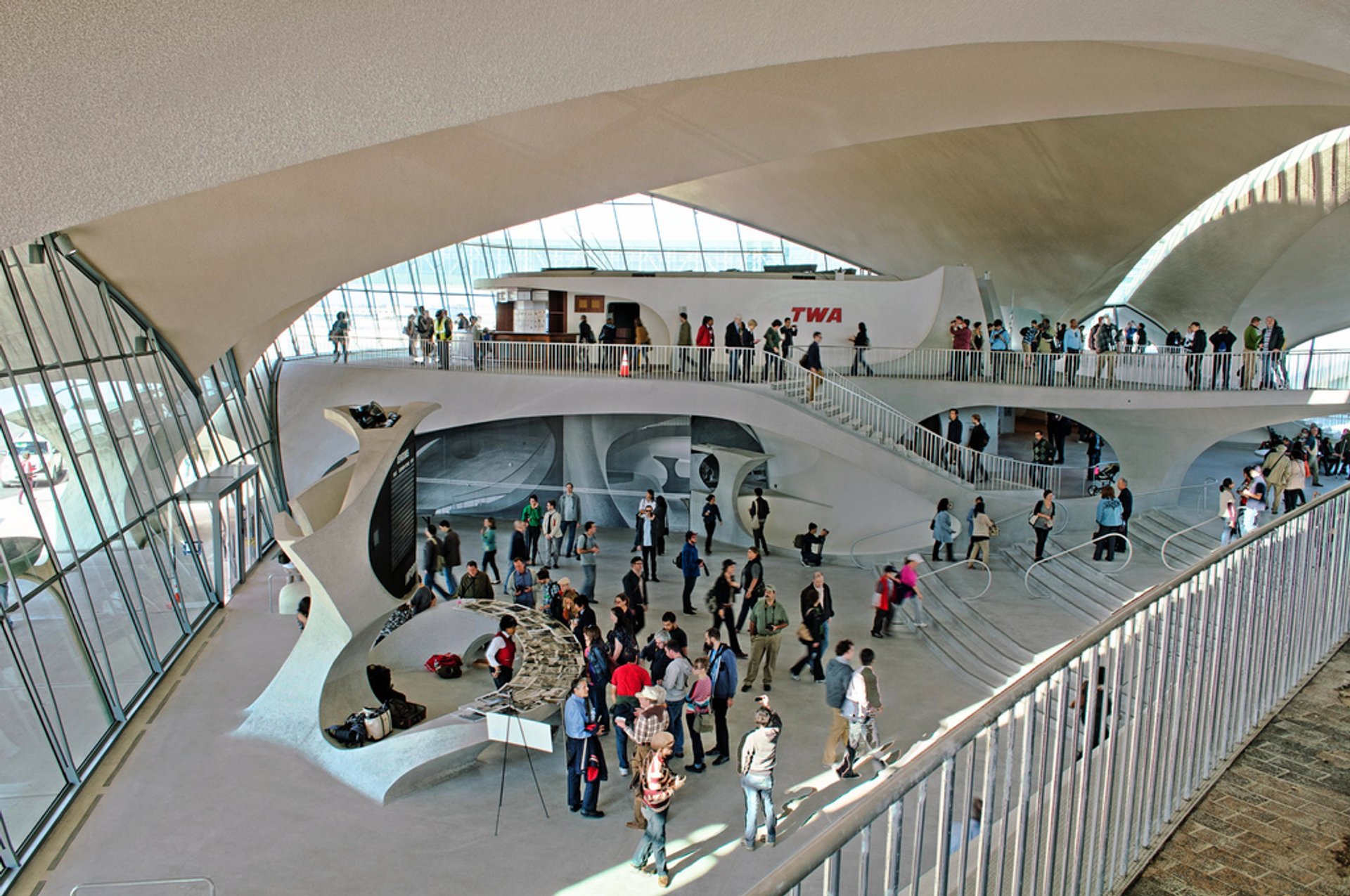Table Of Content

Stone and concrete are popular choices for outdoor flooring due to their durability and slip resistance. Wood is also a great option for outdoor decks and patios, adding a natural, rustic look to the space. When choosing outdoor furniture, consider materials like metal or plastic that can withstand rain and sun exposure.
You've started following your first account!
They will choose color swatches and arrange furniture in a way that reflects the desired style and mood of a room. Interior decorators also offer home staging services to increase your home's value when it's for sale. Interior designers will set up a contract with you itemizing everything they will do, and it will include how and when they want to be paid and how long you can expect the project to take.
Define the overall look and feel you want for your space
Through small class sizes and individual attention, we foster close mentoring relationships between faculty, staff and students. If you change your mind halfway through the project and cancel, the retainer covers the money they’ve spent on your project so far in time, furnishings, and contractor communication. Material certifications ensure that the materials used in construction and design meet certain safety and environmental standards. It’s also important to consider the materiality of your chosen materials. For example, if you’re choosing furniture, you might want to consider materials like leather or natural fabrics, which are less likely to emit harmful chemicals than synthetic materials. Surface treatments and finishes are crucial to achieve the desired look and feel of a space.
Common Materials in Interior Design
Something I got into the habit of doing when I was designing for clients was taking a photo of the finished mood board. I quickly learned this was helpful not only for filing and keeping track of samples, but for analyzing the room in 2-D. I also like to pop the image of my physical mood board into my digital mood board file to see how they compare and overlap. Often times, I’ll have multiple mood boards scheming simultaneously, so I use the same style tray for each room. For example, I’m currently working on our basement and entryway, each room has a physical mood board that evolves until the room is completed. These exist until the project is completed- I just tuck them into my home office credenza, out of the way.
If you want to create a calming and soothing atmosphere, consider using cool colors like blue, green, and purple. You can also experiment with textures and finishes, such as matte, glossy, or metallic. Natural materials like wood, stone, leather, cotton, and wool are a great choice in almost all design projects. Natural materials like wood and stone are durable and have a timeless quality, while synthetic materials like plastics and laminates are more affordable and versatile. Consider the durability, texture, color, and maintenance requirements of each material before making your selection. When it comes to designing a space, choosing the right materials is crucial to achieving the desired aesthetic and functionality.

On the other hand, if you’re designing a space that will be used by children or pets, you might want to choose materials that are scratch-resistant and easy to clean, like vinyl or laminate. The living area is a space that requires materials that are comfortable and inviting. Hardwood flooring is a popular choice for living room floors due to its warm, natural look. When it comes to furniture, consider materials like leather or velvet for a luxurious feel. Linen and cotton are also great options for upholstery, as they are comfortable and easy to clean.
Recycled and Sustainable Materials
When using neutrals, consider their undertones to ensure they blend seamlessly with other materials in your design. In today’s environmentally conscious world, incorporating recycled and sustainable materials into interior design has become increasingly popular. These materials not only contribute to a more eco-friendly space but can also add unique and innovative elements to your design. Consider materials made from recycled plastics, reclaimed wood, or repurposed materials. Not only will you be reducing your carbon footprint, but you’ll also be supporting sustainable practices. Assemble the samples on a physical or digital board, arranging them in a way that represents the different elements of your design concept.

How much does an interior designer or decorator cost?
Interior Designers Share the Living-Room Trends in and Out This Season - Business Insider
Interior Designers Share the Living-Room Trends in and Out This Season.
Posted: Tue, 04 Apr 2023 07:00:00 GMT [source]
Do you make sample boards for presenting your design proposals to a client? For the sample board to look neat and professional a border needs to be left from all sides. I left around 20 mm from each side and about 40 mm at the bottom to place the tags with project name and designer’s name. If you're working on a project and the surrounding environment is quite amazing, that's a safe place to start your design process. As I start thinking about what I want this project to be, I do not necessarily start thinking about the physical qualities of the project.
To stay within your budget, make sure all your decisions are set in stone before work begins, as every change in the design plan will result in higher fees. A retainer is typically paid upfront when signing the design firm's contract and is nonrefundable. The amount of the deposit is usually about 10% of the total cost of the project. A remote designer conducting the decorating portion of the work online may charge as little as $450 a room for design-only services. Interior design costs $5 to $17 per square foot (or more for high-end homes), with most homeowners spending between $7 and $12 per square foot.
Traditionally, interior designers have used mood boards to plan and communicate the look and feel of a space. For interior designers, mood boards offer a great deal of clarity on the design front. If you are wondering why you need a mood board, here are some reasons. Before you start layering a physical mood board, choose a neutral base for your swatches.
When using natural materials, consider their maintenance requirements and how they will age over time. The Materials Resource Library holds a large collection of physical samples and online resources, including a subscription to a comprehensive online material database called Material ConneXion. Samples represent a wide range of both standard interior finishes, and more experimental materials. Learn how to design commercial, residential and hospitality interiors for rooms and buildings.
Every project I work on begins with finding the inspiration behind my design. Doing this not only challenges my mind, but it also forces me to be creative and that is where most of us get stuck. I always like to tie my projects to the surrounding environment, especially when they happen to be breathtaking. Monochromatic palettes with varying shades and tones of a single hue also work beautifully.











